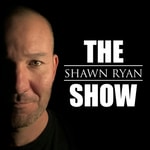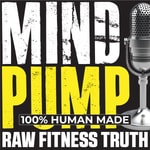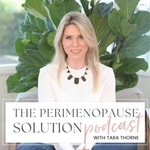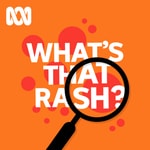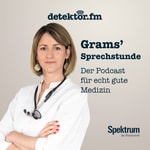STEM-Talk – Details, episodes & analysis
Podcast details
Technical and general information from the podcast's RSS feed.
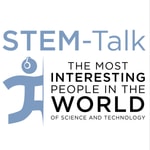
STEM-Talk
Dawn Kernagis and Ken Ford
Frequency: 1 episode/19d. Total Eps: 150

Recent rankings
Latest chart positions across Apple Podcasts and Spotify rankings.
Apple Podcasts
🇺🇸 USA - nutrition
05/08/2025#90🇺🇸 USA - nutrition
04/08/2025#69🇺🇸 USA - nutrition
03/08/2025#69🇺🇸 USA - nutrition
02/08/2025#84🇨🇦 Canada - nutrition
22/07/2025#66🇨🇦 Canada - nutrition
21/07/2025#41🇨🇦 Canada - nutrition
20/07/2025#60🇬🇧 Great Britain - nutrition
20/07/2025#100🇬🇧 Great Britain - nutrition
19/07/2025#68🇨🇦 Canada - nutrition
17/07/2025#86
Spotify
No recent rankings available
Shared links between episodes and podcasts
Links found in episode descriptions and other podcasts that share them.
See all- http://amzn.to/2fy7vKN
1 share
- http://amzn.to/2fLTBtl
1 share
- http://amzn.to/2fUhqPd
1 share
RSS feed quality and score
Technical evaluation of the podcast's RSS feed quality and structure.
See allScore global : 79%
Publication history
Monthly episode publishing history over the past years.
Episode 172: Kevin Tracey on neuro-immunology and the treatment of inflammatory diseases
Season 8 · Episode 172
jeudi 5 septembre 2024 • Duration 01:34:18
Episode 171: Ken and Dawn on AI, Alzheimer’s, global security, keto vs low carb and more
Season 8 · Episode 171
jeudi 8 août 2024 • Duration 48:40
Episode 162: Marc Hamilton discusses the soleus push-up and the health hazard of excessive sitting
Season 9 · Episode 162
mercredi 10 janvier 2024 • Duration 01:38:08
Episode 72: Peter Norvig talks about working at Google, digital privacy, fake news, killer robots and AI’s future
Season 3 · Episode 72
mardi 11 septembre 2018 • Duration 01:15:04
Episode 71: Elizabeth Nance talks about using nanotechnology to understand and treat brain diseases
Season 3 · Episode 71
mardi 28 août 2018 • Duration 01:16:08
Episode 70: David Sabatini on the discovery of mTOR and its role in disease, longevity & healthspan
Season 3 · Episode 70
mardi 14 août 2018 • Duration 01:16:18
Episode 69: David LeMay talks about countering inflammation with SPMs
Season 3 · Episode 69
mardi 31 juillet 2018 • Duration 01:16:43
Episode 68: Steve Anton talks about diet, exercise, intermittent fasting and lifestyle interventions to improve health
Season 3 · Episode 68
mardi 17 juillet 2018 • Duration 01:07:34
Episode 67: Doug Wallace talks about mitochondria, our human origins and the possibility of mitochondria-targeted therapies
Season 3 · Episode 67
mardi 3 juillet 2018 • Duration 01:44:01
Episode 66: Peter Neuhaus talks about exoskeletons, robotics, and the development of exercise technologies for space and Earth
Season 3 · Episode 66
mardi 19 juin 2018 • Duration
